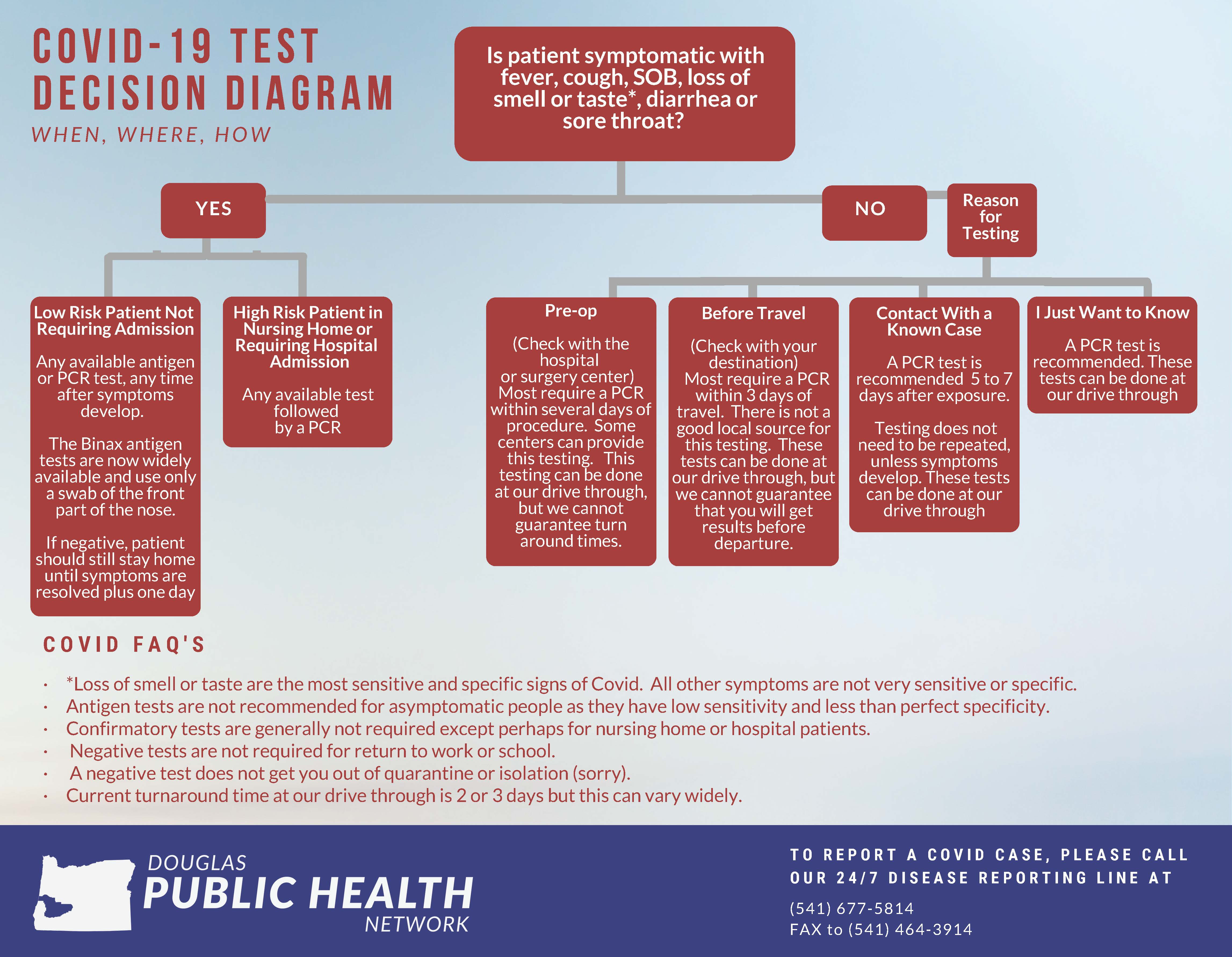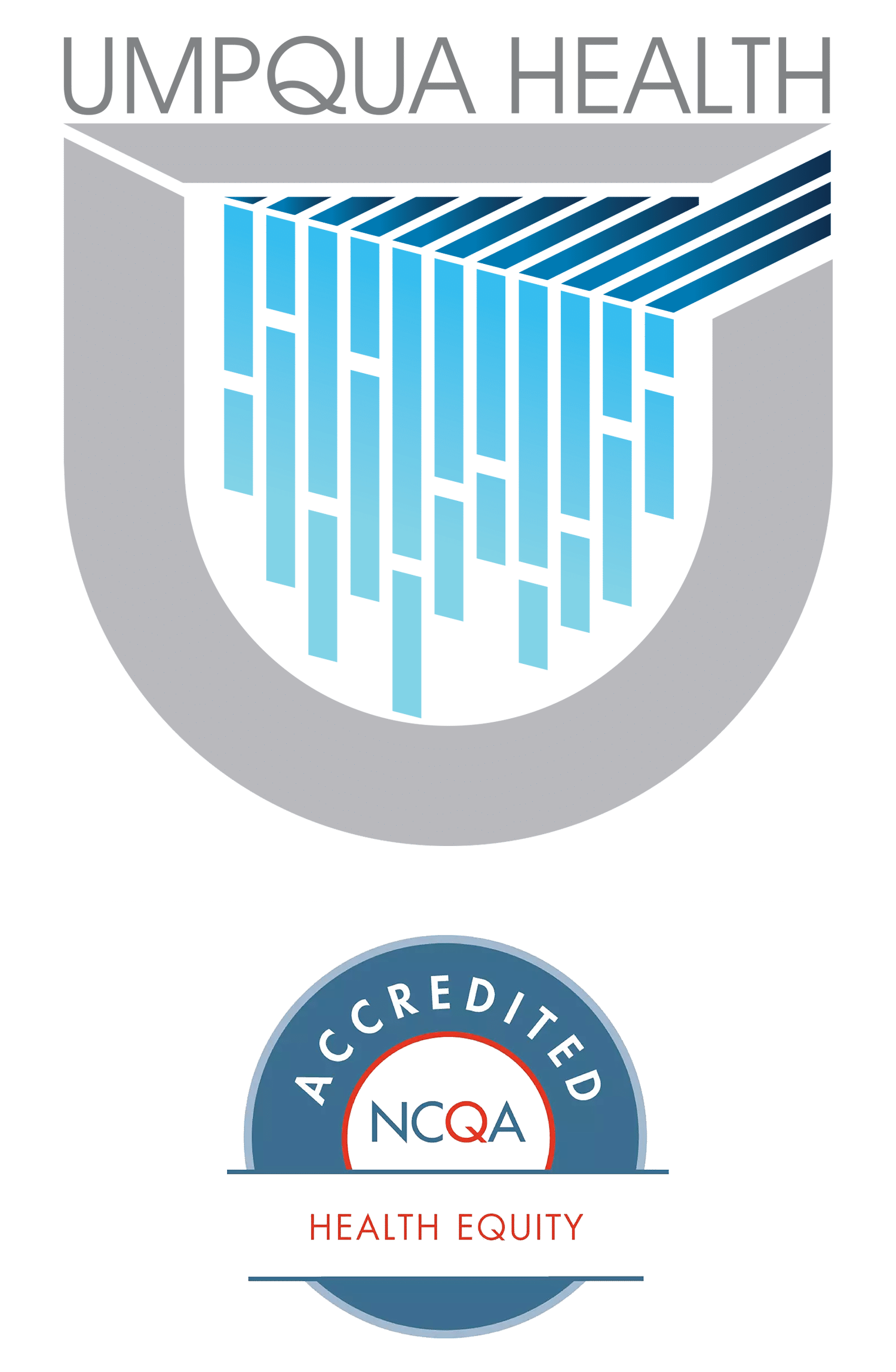Provider Newsletter December 2020

Practice Tactics
“Flex” Funding for our Members Needs
Umpqua Health Alliance (UHA) offers Health-Related Services (HRS) to their members and the community. Strategies for the utilization of HRS funds prioritize the alleviation of health disparities related to social determinates of health, health equity, and needs identified through community health assessments. Medical services covered under OHP benefits are not eligible as HRS; if there is a CPT or HCPCS code for it, it cannot be funded with “Flex” funds. Covered HRS must meet the following criteria:
-
- Be designed to improve population health and health care quality.
- Increase the likelihood of desired health outcomes in a manner that is capable of being objectively measured and produce verifiable results and achievements.
- Be directed toward either individuals or segments of members, or provide health improvements to the population beyond those enrolled without additional costs for the non-members.
- Be based on any of the following:
- Evidence-based medicine.
- Widely accepted best clinical practice.
- Criteria issued by accreditation bodies, recognized professional medical associations, government agencies, or other national health care quality organizations.
Requests from providers may be made to UHA for flexible services through the Flexible & Health-Related Services Request Form found here on our external website or by calling Case Management at 541-672-1685. The request form has been updated to ensure the information and documentation needed to determine eligibility for services is collected prior to submission. Once complete please submit via fax to 541-229-8180 or by email to casemanagement@umpquahealth.com. A determination will be made and sent to the provider within 7 days for standard requests and within 48 hours for urgent requests.
HIT Bonus Program
Umpqua Health Alliance (UHA) is proud to offer UHA’s Health Information Technology (HIT) Bonus Program to our Provider Network Community. The bonus program is designed to help offset implementation costs related to the UHA HIT Bonus Program requirements. This program is currently available for our contracted hospitals, dental care organizations, specialists, primary care and behavioral health providers. Health information technologies will play an integral role in achieving and sustaining the triple aim: improving the patient experience of care (including quality and satisfaction); improving the health of populations; and reducing the cost of health care.
For more information, please take a moment to visit the HIT Bonus Program FAQ.
 Clinical Corner
Clinical Corner
Prioritized List updated 1/1/2021
The Prioritized List of Health Services (PL) for the Oregon Health Plan is updated every new year.
Notable additions to the PL starting January 1st are expanded coverage for peanut allergy and prenatal testing for fetal aneuploidy for pregnant women of all ages.
Please note the criteria for peanut allergy treatment in Guideline Note 203.
GUIDELINE NOTE 203, PEANUT ALLERGY TREATMENT
Lines 123,545,552
ICD-10-CM Z91.020 (Allergy to peanuts) and T78.01X (Anaphylactic reaction due to peanuts) are included on Line 123 for
A) Office visit, specialist consultation, ER evaluation/treatment, and hospital care; and
B) Symptomatic treatment with medications such as antihistamines or epinephrine; and
C) Pharmaceutical treatment with medications intended to reduce the severity of the peanut allergy only when ALL of the following criteria are met:
1) The patient has a clinical history of serious peanut allergy with anaphylaxis, AND
2) The diagnosis of peanut allergy has been confirmed with an IgE or skin-prick test, AND
3) The patient has a baseline eliciting dose of allergy symptoms on double-blind, placebo-controlled food challenge
(DBPCFC) test, AND
4) The pharmaceutical treatment is prescribed by, or in consultation with, an allergist or immunologist.
Otherwise, ICD-10-CM Z91.020 is included on Lines 545 and 552.
Diabetes Prevention Program
Treatment of Prediabetes with a comprehensive lifestyle program has shown to reverse the progression to diabetes in up to 60% of participants. The OHP covers Diabetes Prevention Programs (DPP) that are certified by the CDC. Cow Creek Health and Wellness Center has offered this program to its tribal members for many years and will be offering this year-long program to all qualified UHA members in 2021.
The criteria for coverage for DPP services:
GUIDELINE NOTE 179, DIABETES PREVENTION PROGRAM
Line 3
Prediabetes (R73.03) and personal history of gestational diabetes (Z86.32) are included on this line only for the Diabetes Prevention Program (DPP). The only programs included are CDC-recognized lifestyle change programs for DPP.
To be eligible for referral to a CDC-recognized lifestyle change program, patients must meet ALL of the following requirements (A-E):
A) Be at least 18 years old
B) Be overweight (body mass index ≥25; ≥23 if Asian; BMI percentile ≥85th percentile for 18-19 years old)
C) Have no current diagnosis of type 1 or type 2 diabetes
D) Not have end-stage renal disease
E) Have a blood test result in the prediabetes range within the past year:
1) Hemoglobin A1C: 5.7%–6.4% or
2) Fasting plasma glucose: 100–125 mg/dL or
3) Two-hour plasma glucose (after a 75 gm glucose load): 140–199 mg/dL or
4) Have a previous diagnosis of gestational diabetes
For referral, please contact us at (541) 229-4842 or CaseManagement@umpquahealth.com.
 On the Lookout
On the Lookout
The Douglas Public Health Network provided an excellent decision tree for management of COVID-19 testing, as well as a patient information handout for isolation and quarantine.
 CME for Thee
CME for Thee
OHA COVID-19 Information Sessions for all Health Care Providers
Next session on 1/7/21, noon-1 p.m.
Contact: Summer Boslaugh (summer.h.boslaugh@dhsoha.state.or.us)
Upcoming sessions:
Link to recordings: https://www.oregon.gov/oha/covid19/Pages/Healthcare-Partners.aspx (Scroll down to “OHA COVID-19 Healthcare Provider Webinars.”)
QI Training + Technical Assistance for Primary Care Diabetes Control and Dental Care for Patients with Diabetes 1/28 & 3/11
Contact: ORPRN_TA@ohsu.edu or Laura Ferrara (971-413-9585)
One half-day virtual training on December 3 January 28th or March 11th plus an additional 5 hours for individually tailored improvement support targeting poor HbA1C and oral health evaluation!
WHY: Despite advances in medical care, the number of people with diabetes in Oregon has more than doubled over the last 20 years, and total medical costs for the disease are over $3 billion per year in Oregon. Clinical quality improvements have been shown to enhance outcomes for people with diabetes, and prevent others from developing the disease. These improvements can boost performance on diabetes related quality incentive metrics.
FORMAT: Clinic teams will select and develop quality improvement interventions targeting the diabetes control and dental care for patients with type II diabetes through 1) virtual training, and 2) individually tailored technical assistance from ORPRN practice facilitators.
WHO SHOULD PARTICIPATE: For RNs, lead MAs, clinic managers, quality improvement staff and others interested in quality improvement for type II diabetes patient management/ improving HBA1C poor control.
There are many benefits to participation! Participants will learn to:
- Measurably improve performance on diabetes-related quality incentive metrics
- Better support patients at high-risk for COVID-19 complications (e.g. people with type II diabetes)
- Align efforts with telemedicine care for diabetes during COVID-19
- Increase clinical efficiency and impact by aligning systems and workflows
- Use new knowledge, skills and tools in quality improvement techniques that can be applied to multiple topics and incentive metrics beyond diabetes control/ HBA1C poor control
Support will be tailored to the needs and interests of each clinic using the identify, assess, action, review framework and could include:
- Identifying gaps in current measure performance
- Developing strategies to address gaps
- Creating improvement targets
- Training and consensus on approaches for providers and staff
- Implementing evidence-based workflows
- Engaging and educating patients



